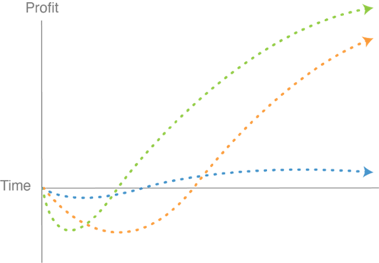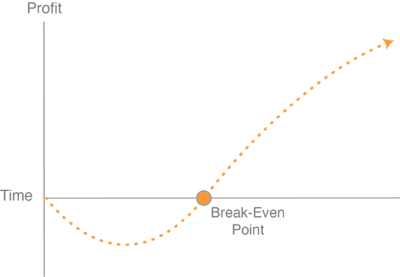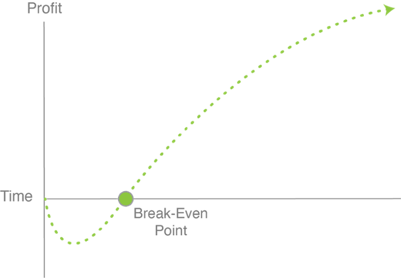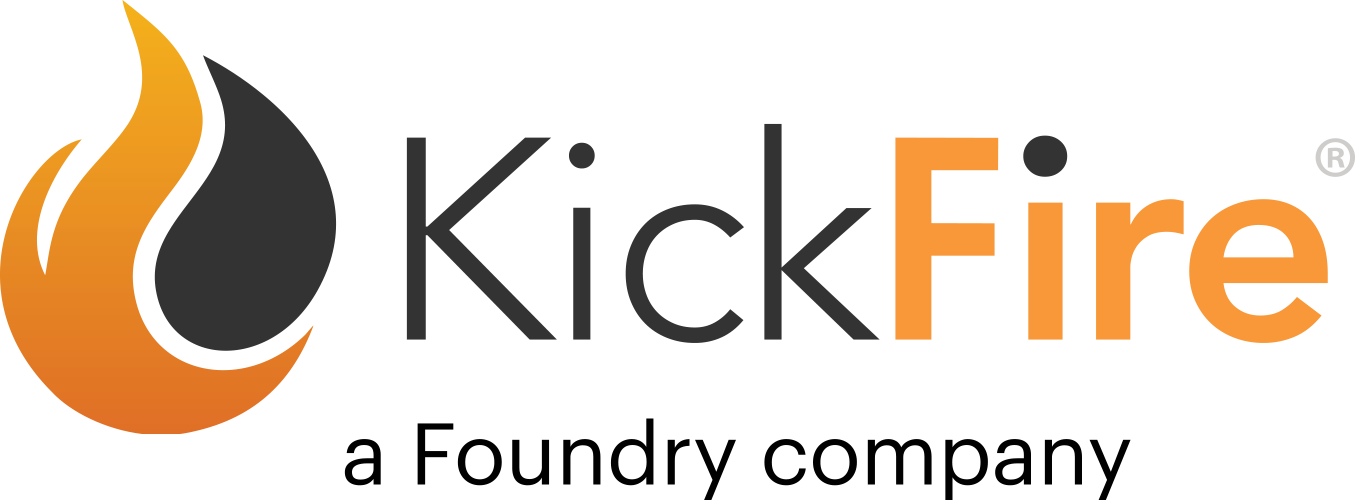“How long until we make our money back? What’s the ROI?”
These are the questions I get asked every time I walk into the Finance Department or talk with my Executive Team to get approval for a new platform or service I’m thinking about purchasing. Sometimes there’s an easy answer, sometimes it’s a little less clear. But ultimately, the faster and/or better the ROI, the more likely I will be to get it approved. In this article, I will shed some light on the evaluation process I use for adopting any new product or platform and how you can apply it to any new technology purchase decision you might be facing.
There are currently about 7,000 companies in the MarTech space, each one with solutions that promise to revolutionize everything from email marketing and ABM to direct mail and SEO. But in a world with thousands of possible options at our fingertips and lofty promises of game-changing technologies, it’s important to take a step back and look at the real cost associated with adopting any new technology and, more importantly, when you can expect to make money on your investment.
To illustrate this, consider the three trajectories of a company looking to invest in a new platform or service:

In this example, the company starts from zero as they haven’t invested any time or resources into the new technology and thus have not seen any profits from it.
One thing to note is that these three trajectories do not necessarily apply to every company and every technology out there. Companies might have very different organizational goals, onboarding time periods, employee skill levels, etc. and thus may achieve different profits based on a multitude of factors. But these examples give you an idea of what a typical company can expect to see when adopting a new product.
Blue Line:

Think of this line like a buying beat up old car you’d find for sale in a sketchy used car lot. Sure, it’s cheap, it runs (sort of), and might be able to get you from A to B. However, it’s clunky, constantly breaks down, and it’ll never go very fast. In the end, you’re probably better off simply saving your money and saving up for something better.
In technology terms, this line represents a budget solution. The cost of this product will be less than others, and the onboarding time will likely be somewhat shorter because it will likely have fewer features to learn. However, because this product has fewer features to learn, its usefulness has limits. It may be able to do some of the things you want, but probably not all of them, and thus you might see some return on your investment. You might even be able to make your money back, but once the limit of the technology has been reached, the profits you can expect to see will quickly reach their limit too and begin to flatten out.
Orange Line:

This line is like buying a Honda Civic. While it won’t be as fast and flashy as a racecar it will be much easier to drive, and while it will likely cost more than a beater car, it will be much more reliable.
This line represents a realistic projection for the average company. Once they have found a good new technology to implement, the time to break even on the investment will likely be longer than the other two projections, but will still lead to sustained growth once they are fully ramped up. Furthermore, it will provide a solid, scalable foundation that may lead to additional future profits.
Green Line:
 This line is like buying a high-performance race car. It will be fast, flashy and will get you where you want to go fast, BUT – in reality, not everyone is ready for a racecar solution. A racecar will only be able to be properly utilized by a highly trained professional driver.
This line is like buying a high-performance race car. It will be fast, flashy and will get you where you want to go fast, BUT – in reality, not everyone is ready for a racecar solution. A racecar will only be able to be properly utilized by a highly trained professional driver.
This line represents an optimistic projection for a very savvy company that knows exactly what it wants and is ready to hit the ground running to make the most out of it. Once this company finds the quality product they’re looking for, they still have to make an initial investment, but the time to break even and begin to make profits will be substantially less than the other two.
When you first adopt a new product, your team will inevitably go through a period of time when everyone is learning how to use this new product (onboarding), and chances are you won’t be realizing the full potential of the new technology yet – represented by the initial dip in profit. However, you can mitigate this period as much as possible by making sure that your team is ready to take full advantage of the onboarding process. In addition, the customer success and support features you get with a product will often vary depending on the company itself as well as the pricing tier you purchase. A good question to ask any potential vendor is just how robust and long term the support will be. More in depth training and ongoing support will ensure your team will be better equipped to maximize the benefits of the new product.
Unfortunately, nothing in this world comes free, so no matter what technology a company chooses, there will inevitably be certain costs associated with it. But now more than ever, it’s important to take a step back and carefully evaluate every dollar spent on new technologies throughout your organization. By weighing the investment of not only monetary resources but employee time and impact on overall productivity, you’ll be able to make a more informed decision when considering any new purchase. The main point of these three examples is that choosing the right product for your organization’s specific needs will ultimately lead to a better outcome in the long run than a lower-end solution that might initially look better at the budget meeting.
If you want to learn more about how to ask the right questions in the IP intelligence industry, check out 10 Questions to Ask Your IP Address Vendor!
